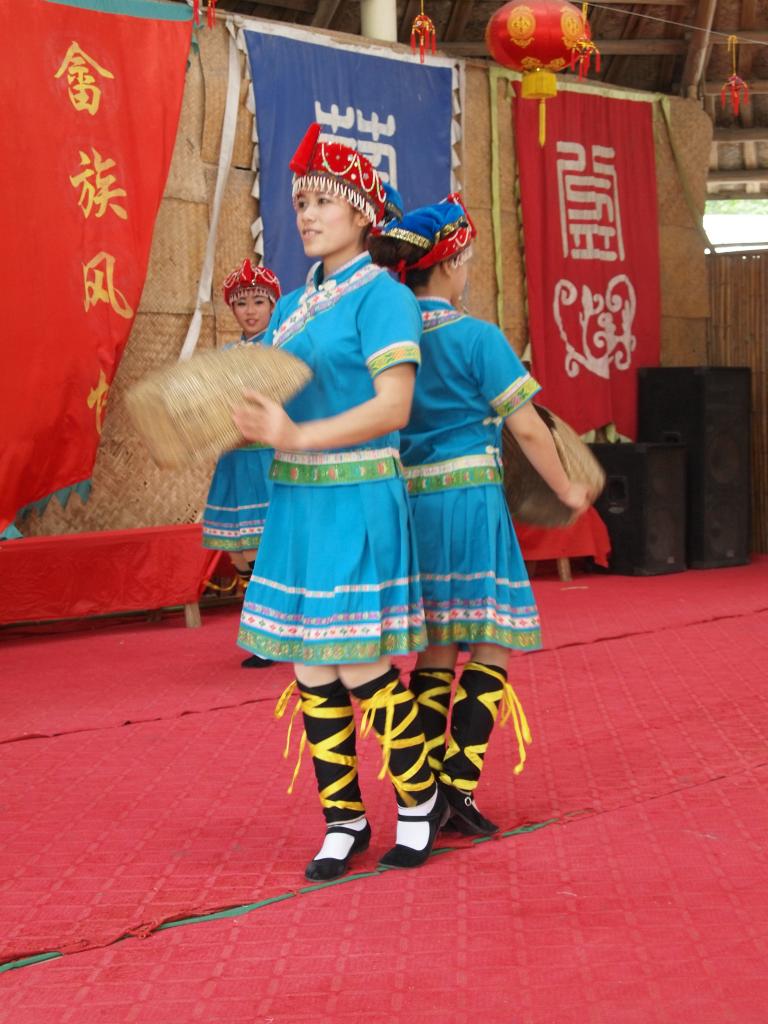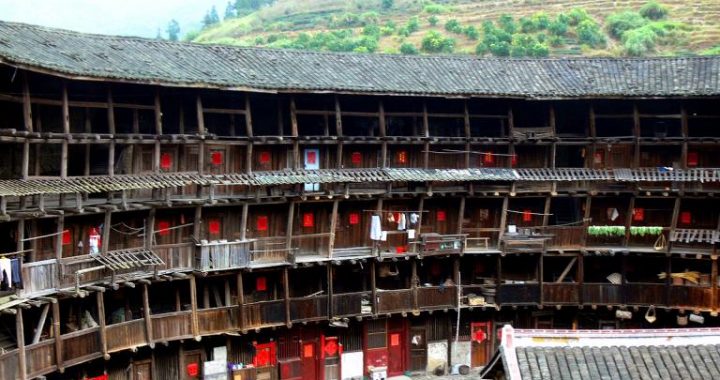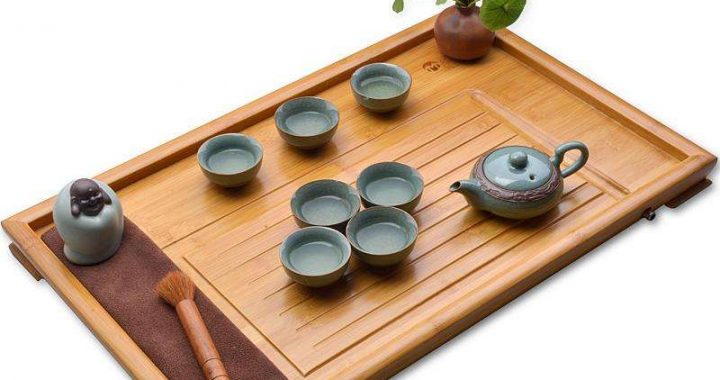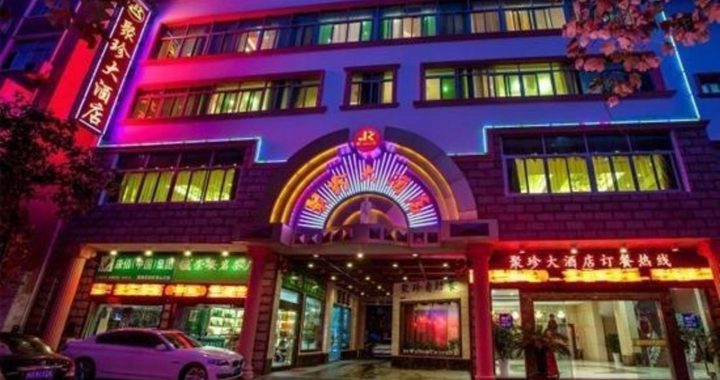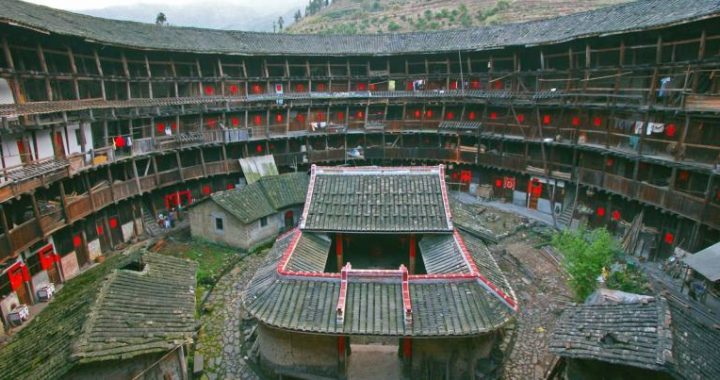The Gaoshan people in Fujian Province
4 min readThe name of Gaoshan refers to all aboriginal people in China’s Taiwan Province,including Amei,Taiya,Bunong,Lukai and Yamei in different areas who speak different dialects.Most live in east Taiwan or in islands close to east China’s coastline.Some Gaoshan people,about 4,000,live in Fujian Province.
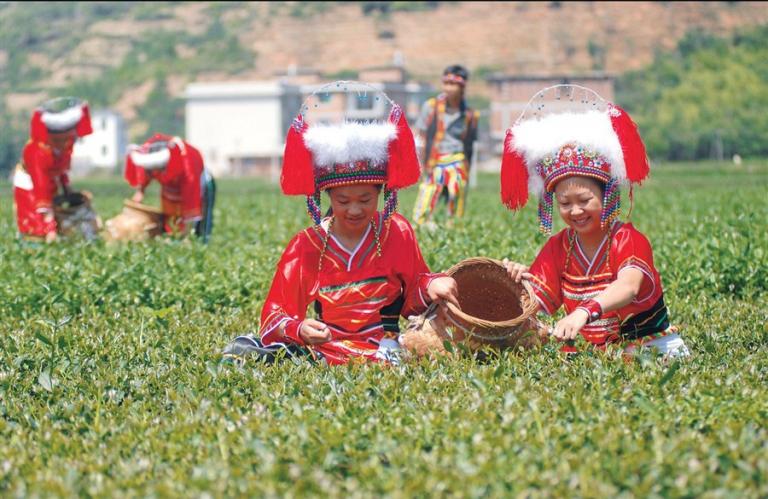
The Gaoshan culture is best reflected in their clothing. In ancient times, as they took nudity as beauty, their ancestors wore nothing. The females wore a piece of cloth or a straw skirt to cover their private parts, while men wore animal fur around their waists. Nowadays, in addition to the tattoos on their faces and bodies, men like to wear beautiful feathers on their heads, and women like to wearflowers on their bodies decorated by shells. Those in Pingpu wear short hemp blouses and fur skirts.
The material for their clothing, besides fur and tree bark, is homemade hemp with colored patterns.
The clothing for those in other places share similarities. Taiya, Saixia and Amei peoples in north Taiwan have sleeveless shirts, wraps, blouses and waistbands. Bunong in central Taiwan wear deer-hidevests, chest pouches and black skirts. The Paiwan, Lukai and Beinan peoples in south Taiwan preferlong-sleeved shirts and mid-length skirts. Among all these groups, the Yamei people have the most primitive form of clothing. Their men wear front-buttoned short vests and T-shaped underwear, while women have vests and straight skirts. In winter, they have a piece of square cloth to wrap their bodies.
Shell blouses demonstrate Gaoshan people’s artistic attainment; they are made of shells with small holes threaded together into vertical lines to decorate a blouse. Such a blouse takes as many as 50,000 to 60,000 shells, requires much effort and is time-consuming. In the past, this blouse symbolized fortune and power and was worn only by a headman of a tribe or a clan. Presently, only the ethnic minority museum in the Central University for Nationalities and the anthropological museum of Xiamen University have one in their collections.
The Gaoshan women are good at dyeing hemp cloth.They like to decorate their blouse fronts,sleeves,scarves and aprons with exquisite embroidery or shells or objects shaped from animal bones.
Their national clothing is mostly black,white,red and yellow,with decorative objects on different parts of clothing.Their national clothes are for holidays,and,usually,the Gaoshan people just wear Hanstyle clothes or Western-style suits.
The Gaoshan people have a long history of dancing.Their dances show different activities in life,such as fishing,hunting,wood cutting,weeding,harvesting,weddings and offering sacrifices.In general,their group dances fall in three categories:dances for a worshipping ceremony,dances for winedrinking and dances of imitation.
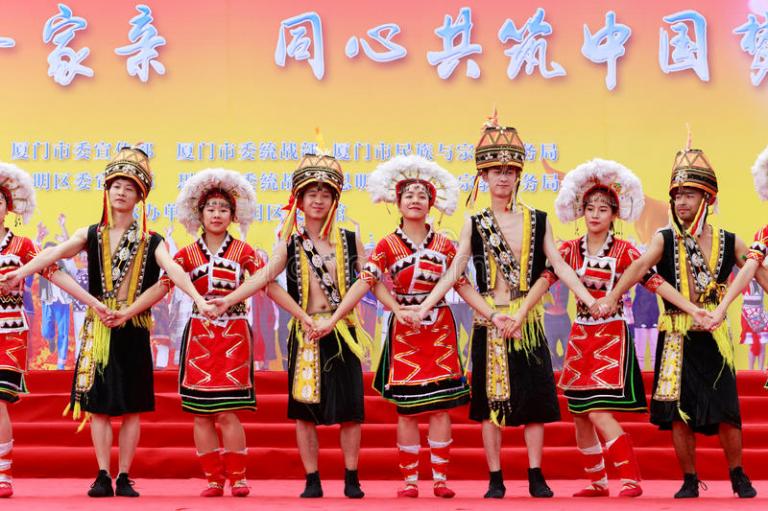
Dances for worshipping ceremonies are performed by a group in an open space,numbering from double-digits to several hundred.Dances for wine-drinking are done on an improvised mannerina yard by only a small group.The dances of imitation are also for group dancers but are more spectacular.All the three categories use very few or almost no music instruments.Occasionally,they may use percussion to indicate the beginning or end of announcements,they shout for rhythm and they beata gong as a signal to move forward or turn,while singing and dancing all the while.
The”hair-shaking”dance is popular among Yamei women in Lanyu Isle,a dance typically from an ocean culture.In the past,they never danced during the day.They only did it under the moonlight In Lanyu,it is said that the humidity and brilliant sunshine leave the females with shapely,gracefulbodies.All of them have jet-black,long hair and like to walk barefoot.On a moonlit night,they gather on a pebbled beach to do”hair-shaking”dance.In the beginning,they line up to sing while gently swaying,accompanied by the musical sounds of the pebbles when stepped on.Then,they hold arms,bend forward,flick their long hair forward,sing and step forward until the hair touches the ground.
Then,slightly bending knees,they shake their heads vigorously back,sending their hair into the sky and letting it stand for a while before falling on their backs.In the hard life of that island,this dance gives them much comfort and joy.It is a way of displaying youth.The long,black hair flicked upward is like a blazing flame.
Except for the Yamei branch, all Gaoshan people like to drink. They drink to their heart’s content on many occasions: wedding, birth, building a new house, festivals, farming, hunting, and fishing or for religious reasons. On their harvest ceremony, which falls in August when the moon is full, people bring wine and food from their homes to enjoy while watching singing and dancing. They use wooden, bamboo or pottery cups; among them, the wooden cups with engravings are the most special; they consist of two or three cups joined together at the base so that two or three can drink at the same time.
The twin-cups can be seen frequently when guests are received or at wedding ceremonies. Two people stand shoulder to shoulder, one holding the cup with his left hand while the other one holding the cup with his right hand. They raise the cups together to drink. By drinking from such cups, the Gaoshan people show their friendship, sincerity and goodwill. Among Paiwan people, not only the newlyweds use these cups, friends and relatives use them too. Unless the two raise the cups at the same time, the wine inside will spill. This is a symbol of equality and partnership,a sign to share fortune and difficulties alike.
